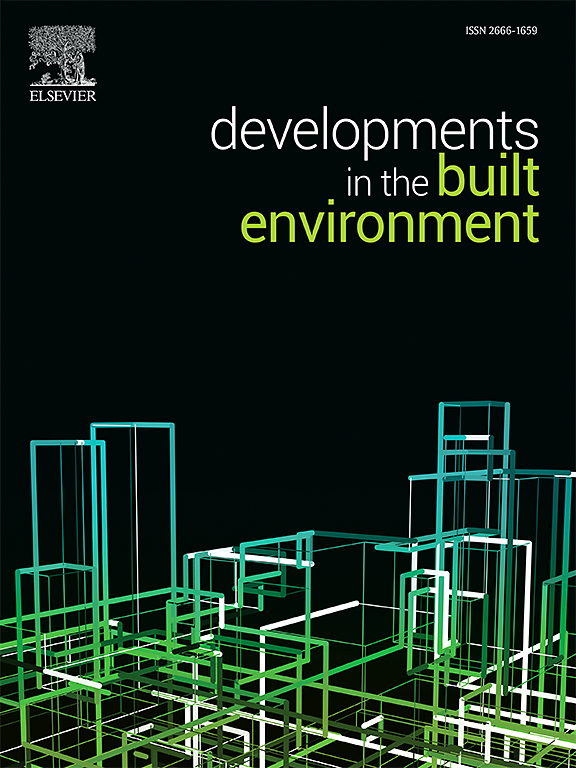Capillary water absorption into alkali-activated slag materials: Experimental and numerical investigation
IF 6.2
2区 工程技术
Q1 CONSTRUCTION & BUILDING TECHNOLOGY
引用次数: 0
Abstract
This study conducted both experimental and numerical investigations on the capillary water absorption into AAS materials with varying mix proportions. The results demonstrate that the capillary water absorption of AAS mortars adheres to the square root of time (SRT) law until wetting front reaches the top surface of specimen. The isopropanol (IPA) absorption of AAS mortars also follows the SRT law, and the measured intrinsic capillary sorptivity for IPA and water are quite close. Through theoretical modeling and numerical simulation, the capillary absorption kinetics of different AAS mortars can all be accurately quantified using the Richards equation, regardless of the water retention curve model employed. These results suggest that the microstructure of AAS materials studied herein is stable during capillary water absorption. This may be attributed to the viscous characteristics of AAS materials, arising from the irreversible collapse and rearrangement of the nanostructure of C-A-S-H gels during drying.
碱活性矿渣材料的毛细吸水性:实验与数值研究
本文对不同配比AAS材料的毛细吸水率进行了实验和数值研究。结果表明:AAS砂浆在湿锋到达试样上表面之前,其毛细吸水性服从时间的平方根规律;AAS砂浆对异丙醇(IPA)的吸附也遵循SRT规律,测定的IPA和水的固有毛细吸附率Sint非常接近。通过理论建模和数值模拟,无论采用何种保水曲线模型,均可采用Richards方程准确量化不同AAS砂浆的毛细吸收动力学。结果表明,在毛细管吸水过程中,原子吸收光谱材料的微观结构是稳定的。这可能是由于干燥过程中C-A-S-H凝胶纳米结构的不可逆坍塌和重排引起的AAS材料的粘性特性。
本文章由计算机程序翻译,如有差异,请以英文原文为准。
求助全文
约1分钟内获得全文
求助全文
来源期刊

Developments in the Built Environment
Multiple-
CiteScore
7.40
自引率
1.20%
发文量
31
审稿时长
22 days
期刊介绍:
Developments in the Built Environment (DIBE) is a recently established peer-reviewed gold open access journal, ensuring that all accepted articles are permanently and freely accessible. Focused on civil engineering and the built environment, DIBE publishes original papers and short communications. Encompassing topics such as construction materials and building sustainability, the journal adopts a holistic approach with the aim of benefiting the community.
 求助内容:
求助内容: 应助结果提醒方式:
应助结果提醒方式:


